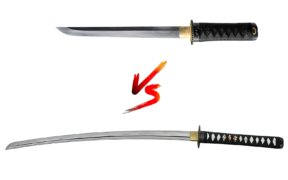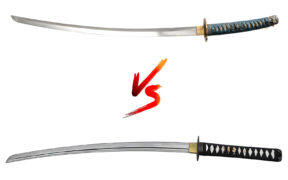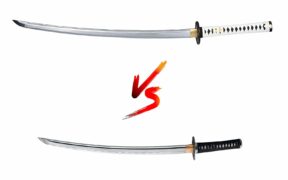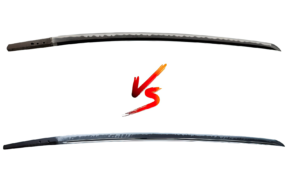Wakizashi vs Tanto: Which Sidearm Would a Samurai Prefer?
NO AI USED This Article has been written and edited by our team with no help of the AI
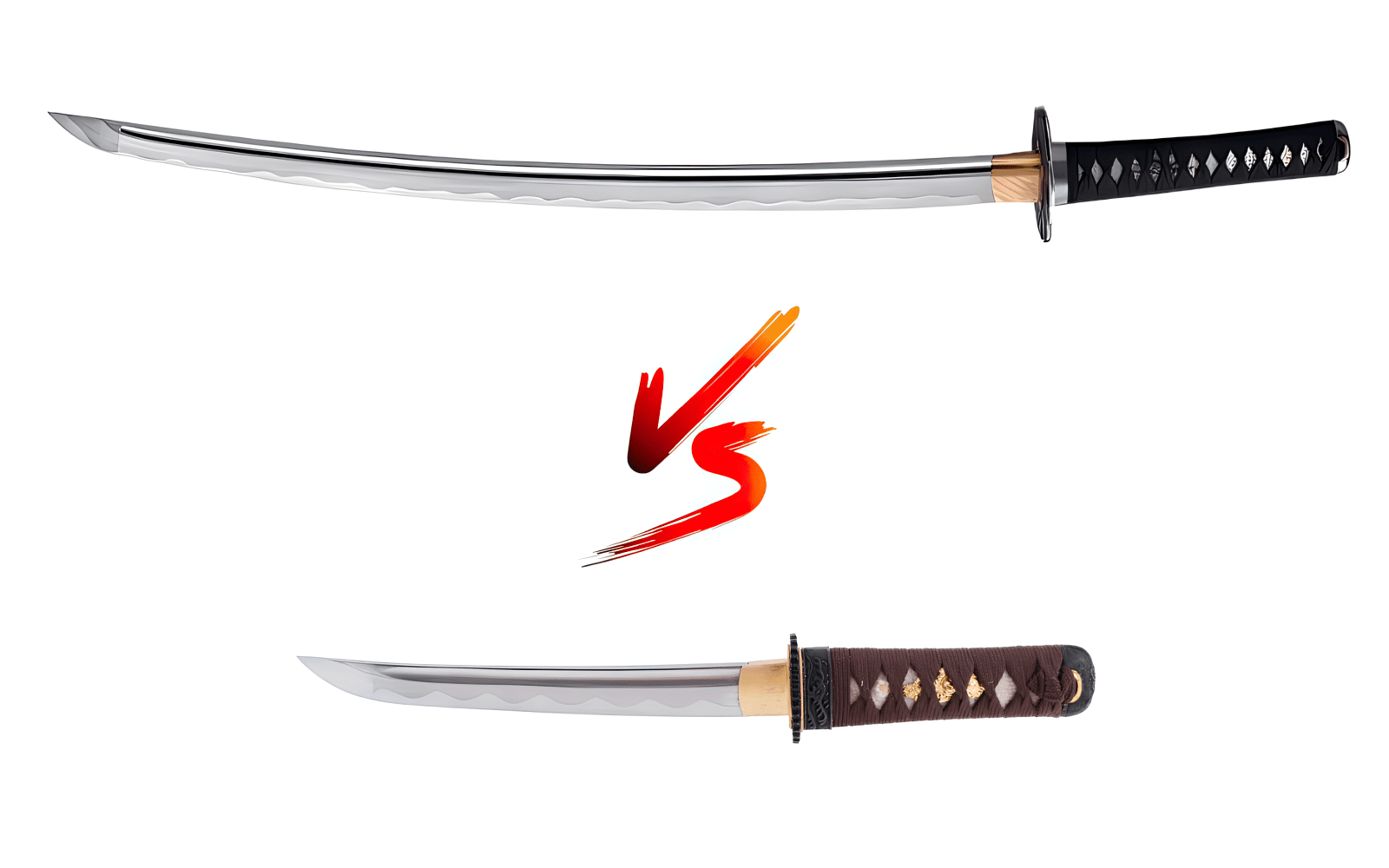
Wakizashi and tanto are samurai short swords and daggers. They were used in combat, everyday life, and for ritualistic suicide by disembowelment. Aside from the iconic katana, they were the most popular samurai swords.
They are very similar in design and characteristics, which often leads to confusion. Despite their similarities, they offer unique combat advantages.
In this article, we go over the main differences between the wakizashi and tanto. We start with their characteristics and combat uses. We conclude with a brief overview of their history and their uses in everyday life.
Differences in Design and Characteristics
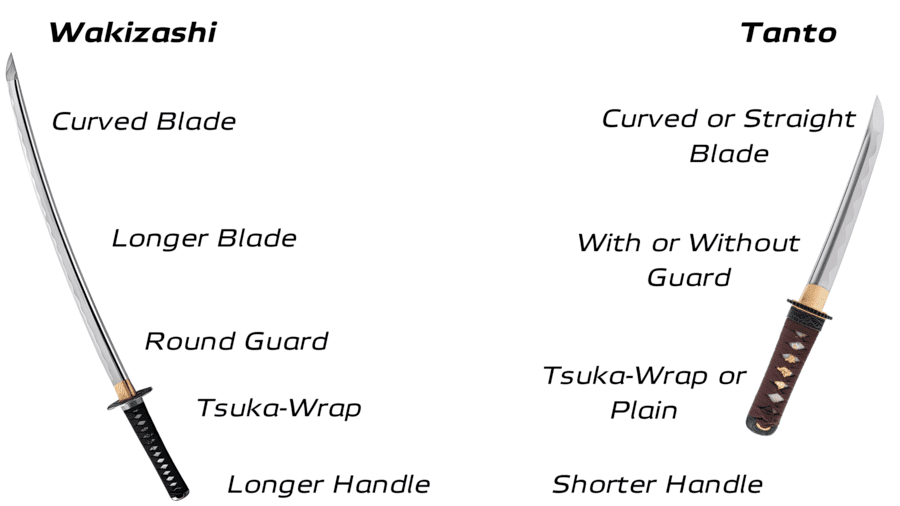
The biggest difference between the wakizashi and the tanto is length. Wakizashi are slightly larger and are known as shoto, or short swords. Tanto in comparison are daggers and are smaller and lighter.
Both weapons feature a curved, single-edged blade, although in rare cases tanto have a straight blade.
Both weapons have a small guard known as tsuba and a handle with a diamond-tied cord known as tsuka-maki. Instead of cord, some tanto have a wooden hilt that matches their scabbard.
Combat Uses – What Would a Samurai Choose?
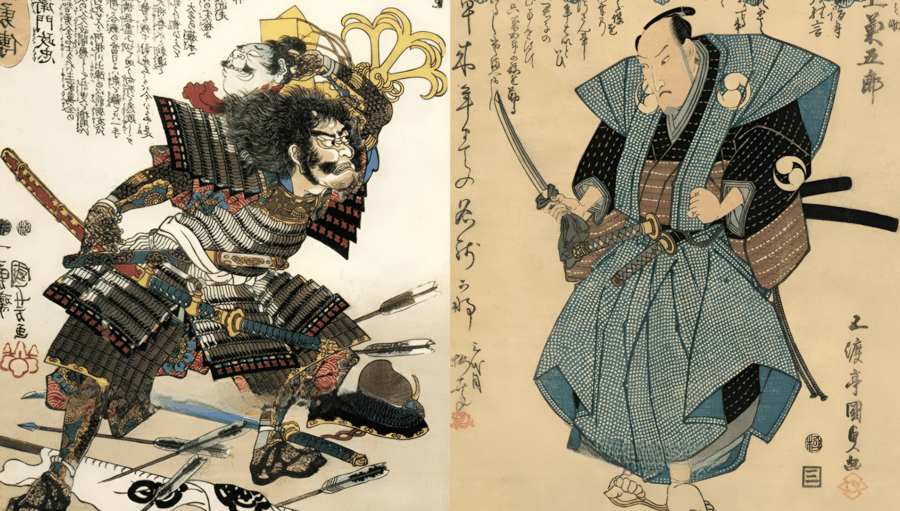
The wakizashi and tanto are sidearms. They are designed to be used single-handedly in close-quarters combat. It’s not possible to say which is better in general terms. Whether a samurai would choose one over the other depends on the situation.
Wakizashi – Self-Defense
A samurai would choose the wakizashi for protection, especially in an urban environment against unarmored opponents.
The wakizashi has a longer blade and is used primarily for slashing. It can function as a primary weapon in close quarters and even battles, especially if a long sword like the katana or tachi is not in hand.
Its versatility and size make it ideal for self-defense, especially indoors.
Tanto – Surprise and Anti-Armor
A samurai would opt for a short, yet rigid and thick tanto if he was facing an armored opponent or if he wanted to conceal his blade.
The tanto is used primarily for thrusting, but sometimes for slashing. Due to its smaller size, it can be unsheathed easily and used to surprise the enemy using a tactic known as sen no sen. This tactic was taught by Miyamoto Musashi, a Japanese sword saint.
“[Y]ou can easily hide it inside your kimono as a secret weapon, so not only men but also women would often carry it inside their kimono to protect themselves in emergency situations“, says Seki Sensei, a master in Japanese kenjutsu.
Using tantos are also easier to navigate through gaps in armor, especially while grappling on the battlefield.
History and Evolution
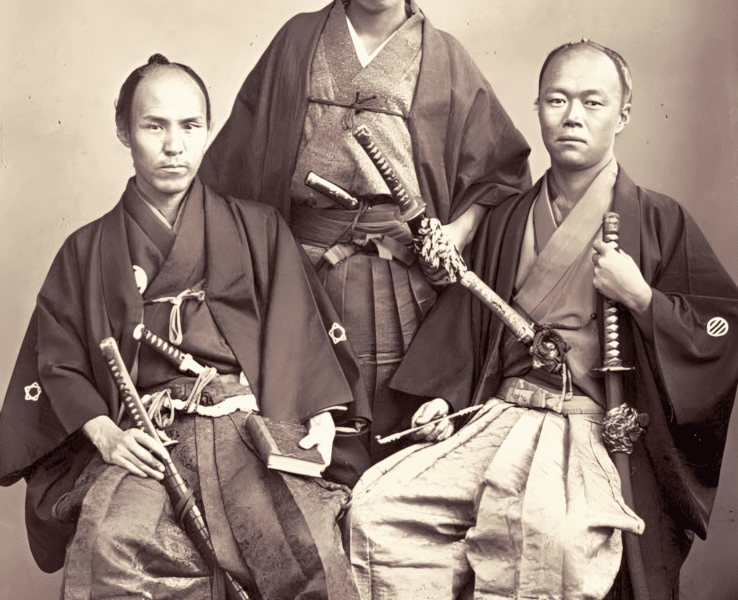
Tantos were produced throughout the Heian Period (8-12th century). They predate the wakizashi and were one of the first sidearms carried by samurai. They were initially carried alongside the curved tachi in a setup known as daisho.
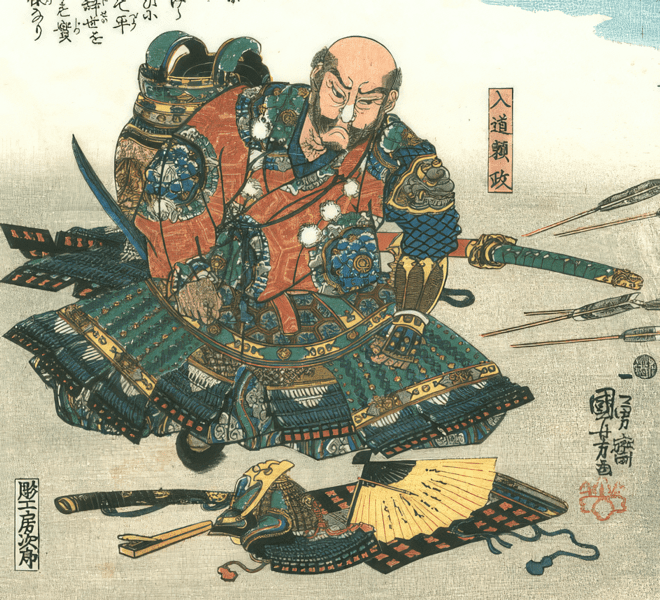
The wakizashi appeared during the Muromachi Period (14-16th century) and was a middle ground between the longer katana and the shorter tanto. While not practical for battlefield use, it was ideal for daily self-defense, especially during the Edo Period (17-19th century) when larger weapons were somewhat restricted.
“Whenever the samurai moved indoors, they would remove the longer katana from their waist and leave it somewhere or give it to a servant.”, says Seki Sensei.
The wakizashi became a popular weapon for self-defense, gradually replacing the tanto in the daisho setup. It was produced in huge numbers and its popularity led to its use in seppuku rituals and to an important role in the bushido warrior code.
